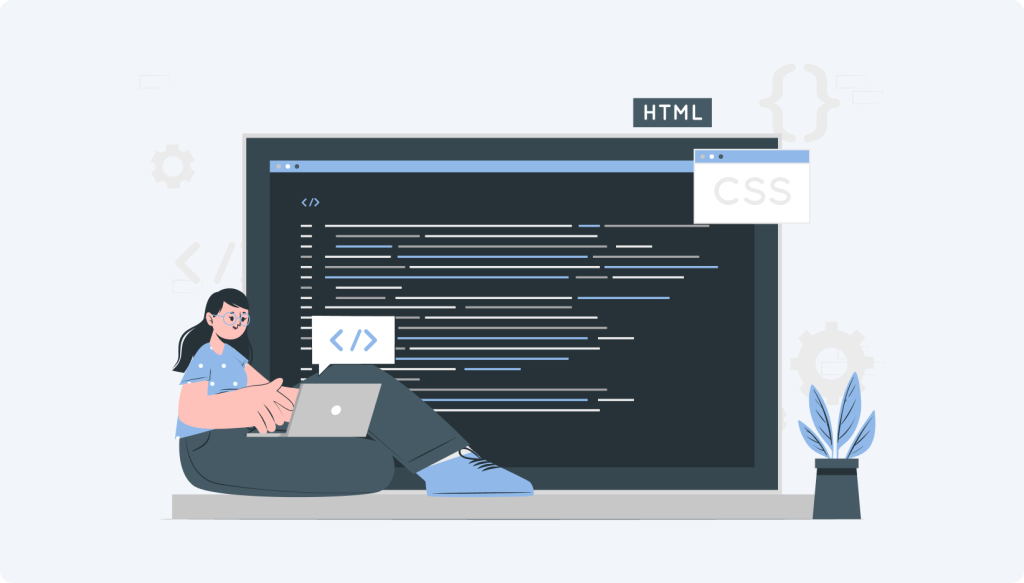Implementing Versioning for APIs in Full-Stack Applications

In today’s digital world, applications are growing more complex and powerful. To make these applications work smoothly, different parts of the system need to talk to each other. That’s where APIs (Application Programming Interfaces) come in. APIs allow different parts of a program or even different programs to communicate and share information.
As applications change and improve over time, the APIs they use must also evolve. But if we change an API without warning, other systems that rely on it can break. That’s why versioning is so important. It helps developers update APIs in a safe and controlled way. If you’re learning modern development practices, especially through a full stack developer course in Hyderabad, comprehending API versioning is a key skill that will help you build better and more reliable applications.
What is API Versioning?
API versioning is the process of giving each version of your API a number or label. This helps users and systems know which version they are using. If changes are made to the API, a new version is made, and the old version can still be used by those who need it.
For example, if Version 1 of an API has a function that returns user data, and Version 2 adds more details or changes the format, developers using the API can choose which version fits their needs. This avoids breaking old systems while allowing improvements to continue.
Why Do We Need API Versioning?
Applications are not built all at once. They grow over time. As developers add features or fix problems, APIs often need to change too. Without versioning, any small change could cause parts of your app or other apps that use your API to stop working.
Let’s say you have a mobile app that uses your API to get data. If you suddenly change how that data is sent, your app might crash or show the wrong information. API versioning prevents this by letting different users or apps work with different versions of the API.
This kind of careful planning is something you’ll often practice during a developer course. You’ll learn how to manage changes to code and keep everything working smoothly even as your project grows and changes.
Common Methods of API Versioning
There are several ways to version an API. Each has its pros and cons. Let’s take a look at the most common ones:
1. URL Path Versioning
This method keeps the version number in the URL. For example:
GET /api/v1/users
It’s simple and easy to understand. Developers can quickly see which version they’re using. But if your API has many versions, the URLs can become messy.
2. Query Parameter Versioning
In this approach, the version is added as a query in the URL, like this:
GET /api/users?version=1
It keeps the main part of the URL clean, but it’s a bit harder to manage. Not all systems support query parameters well.
3. Header Versioning
Here, the version is sent in the request header, not the URL:
GET /api/users
Headers: Accept-Version: v1
This method makes your URLs clean and professional. However, it needs more setup and is harder for beginners to understand at first.
These methods all serve the same goal: helping different parts of your application work together even when changes are made.
How Versioning Helps in Full-Stack Applications
In a full-stack application, both the frontend (what users see) and backend (the behind-the-scenes logic) often use APIs to communicate. As you improve or update your frontend, you may also need to change the backend. If you’re not careful, these changes could break the connection between the two.
That’s where versioning becomes important. It permits frontend and backend teams to work at their own pace. If the frontend is still using an old version of the API, that’s okay it won’t stop working just because the backend has a new version.
If you’re taking a developer course, you’ll likely build full-stack apps where versioning plays a major role. You’ll learn how to design APIs that are flexible and easy to maintain, even when your project becomes large or is used by many people.
Best Practices for API Versioning
Using versioning is helpful, but using it correctly is even more important. Here are some best practices:
- Start versioning early: Don’t wait until your API is complex. Start with a version number right from the beginning.
- Use semantic versioning: Use numbers that mean something, like 1.0, 2.1, or 3.0. This helps developers know how big the changes are.
- Don’t break old versions suddenly: Give users time to switch to the new version. Tell them what’s changing and why.
- Write good documentation: Every version should be explained clearly. Show what’s different in each one.
- Test all versions: Make sure updates don’t break older versions. Use tools or write tests to check this automatically.
These habits will make your life easier as a developer. They also help teams work better together and avoid stress during updates.
Real-World Tools That Support Versioning
There are many frameworks and tools that make API versioning easier. Some examples include:
- Express.js (Node.js): You can create versioned routes using middleware. Each version has its own route path.
- Django REST Framework (Python): Offers built-in support for versioning through settings and custom URL patterns.
- Spring Boot (Java): Allows developers to control versions using annotations and route mapping.
Learning to use these tools is often part of a java full stack developer course, where students build apps from scratch using real-world technologies. You’ll get hands-on practice writing APIs and managing versions in a way that prepares you for job-ready situations.
Benefits of Using Versioning
There are many advantages to versioning your API. Here are some of the most important ones:
- Stability: Older systems can keep working even if your API changes.
- Flexibility: You can add new features without worrying about breaking things.
- Clear communication: Other developers know exactly what to expect from each version.
- Safer updates: You can slowly roll out new versions and test them before making them standard.
- Better teamwork: Frontend and backend teams can work independently, without getting in each other’s way.
With proper versioning, your API becomes more professional and easier to maintain over time.
Final Thoughts
API versioning is a simple idea that brings huge benefits. It helps you grow and improve your applications while keeping everything running smoothly. In full-stack development, versioning plays a key role in connecting the frontend and backend. It gives you the power to update your apps safely and responsibly.
If you’re working on your skills or learning through a developer course, don’t skip over versioning. It might seem small, but it can make a big difference as your projects grow. And if you’re taking a developer course, you’ll likely get real-world practice with API versioning, preparing you to handle large and complex applications with confidence.
By understanding and using API versioning properly, you’ll be well on your way to becoming a strong and reliable developer in today’s fast-moving tech world.
Contact Us:
Name: ExcelR – Full Stack Developer Course in Hyderabad
Address: Unispace Building, 4th-floor Plot No.47 48,49, 2, Street Number 1, Patrika Nagar, Madhapur, Hyderabad, Telangana 500081
Phone: 087924 83183







